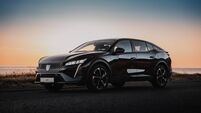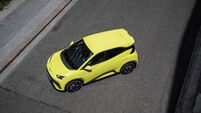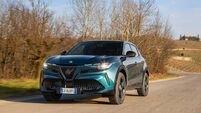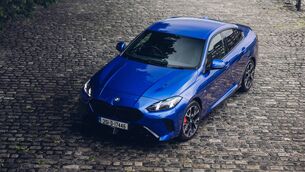DS7 Crossback review: high on style but short on substance
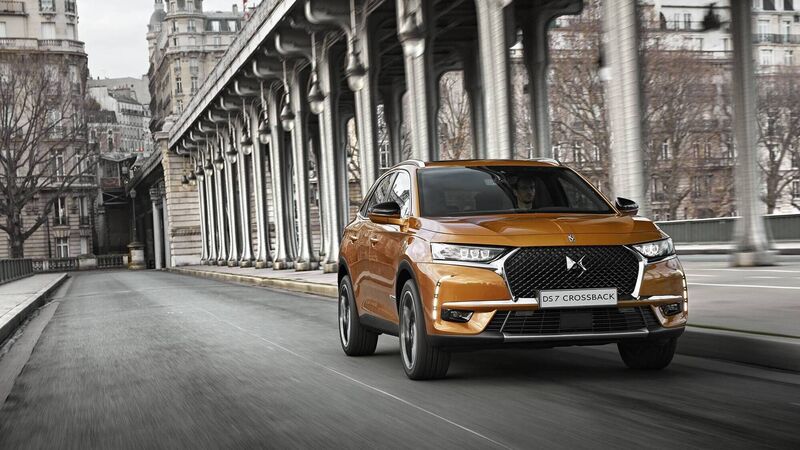
'I wanted to really love this car for a variety of reasons... but I found that near impossible,' writes Declan Colley
|
DS7 CROSSBACK |
|
|---|---|
|
|
★★★☆☆ |
|
|
from €46,995 - €61,640 as tested |
|
|
a decent 1.6 petrol, but the PHEV system is old-hat |
|
|
the comfort levels are spectacular |
|
|
the driving experience is unspectacular |

